.
Nasa's Curiosity Mars rover looks to 'jump' sand dune
The Curiosity Mars rover is to try to drive over a one metre-high dune.
The sand bank is currently blocking the robot's path into a small valley and a route with fewer of the sharp rocks that lately have been making big dents in the vehicle's aluminium wheels.
US space agency engineers will take no risks, however. The rover will be commanded initially to climb only part way up the dune to see how it behaves.
The team is mindful that Nasa's Spirit rover was lost in a sand trap in 2009.
And the Opportunity rover, which has just celebrated 10 working years on the planet, very nearly went the same way in 2005 when it became stuck for several weeks in a deep dirt pile later dubbed "Purgatory Dune".
Curiosity has already had one scuff at the base of the barrier, using a wheel to test the sand's consistency.
The robot would have no problem managing the incline but mission planners will be concerned about the potential for any rocks hidden inside the dune to damage or snare Curiosity.
Engineers believe the path ahead between two scarps referred to as "Dingo Gap" will be kinder on the rover's 50cm-diameter wheels.
These have been taking a hammering during the one-tonne vehicle's traverse across the base of Mars' equatorial Gale Crater.
Recent close-up pictures reveal multiple punctures, rips and dimples in Curiosity's metal "tyres".
Getting through Dingo Gap would allow the rover to access smoother ground as it heads towards future science targets.
The next of these is a location called KMS-9 where scientists hope to drill into freshly exposed bedrock and look for traces of any complex carbon chemistry that might be present. Such signatures would add to the picture being built of Gale as a place where microbial life could have flourished billions of years ago.
Curiosity's ultimate goal is to get to the foothills of the big mountain that dominates the crater floor. This is still several kilometres to the south and west of its present location.
Since landing in August 2012, the robot has clocked almost 5km on its odometer.
.

Martian Valley May Be Curiosity's Route
.
This view combines several frames taken by the Mast Camera (Mastcam) on NASA's Mars rover Curiosity, looking into a valley to the west from the eastern side of a dune at the eastern end of the valley. The team operating Curiosity has chosen this valley as a likely route toward mid-term and long-term science destinations. The foreground dune, at a location called "Dingo Gap," is about 3 feet (1 meter) high in the middle and tapered at south and north ends onto low scarps on either side of the gap.
The component images were taken by Mastcam's left-eye camera during early afternoon, local solar time, of the 528th Martian day, or sol, of Curiosity's work on Mars (Jan. 30, 2014). The center of the view is about 10 degrees south of straight west. The left edge is about 20 degrees west of straight south. The right edge is northwest. The largest of the dark rocks on the sand in the right half of the scene are about 2 feet (about 60 centimeters) across.
.
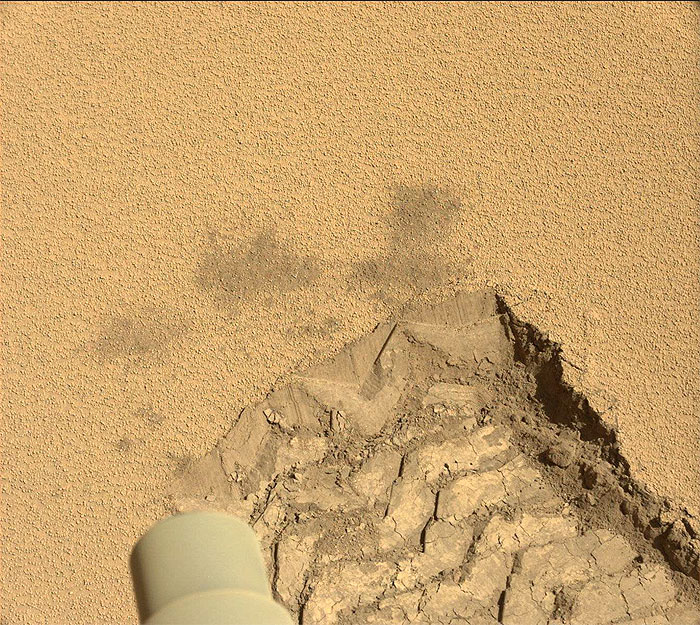
This image was taken by Mastcam: Left (MAST_LEFT) onboard NASA's Mars rover Curiosity on Sol 529 (2014-01-31 15:27:27 UTC).
.
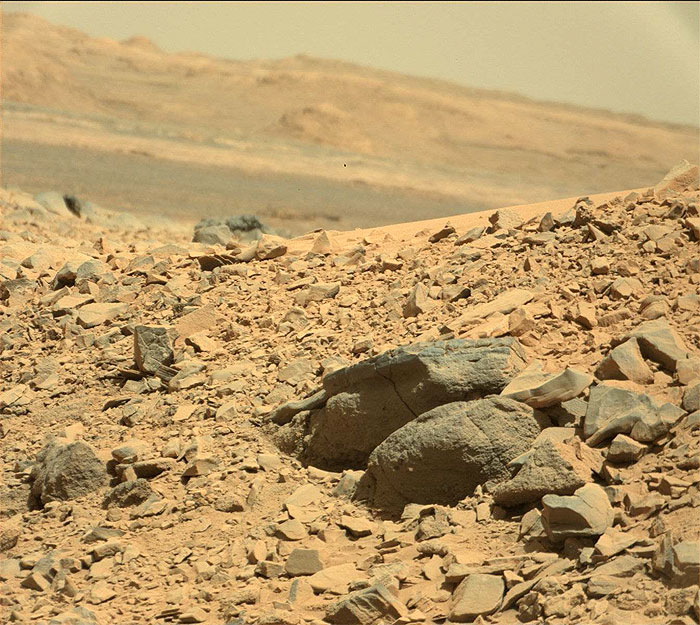
This image was taken by Mastcam: Right (MAST_RIGHT) onboard NASA's Mars rover Curiosity on Sol 529 (2014-01-31 15:35:37 UTC).
.
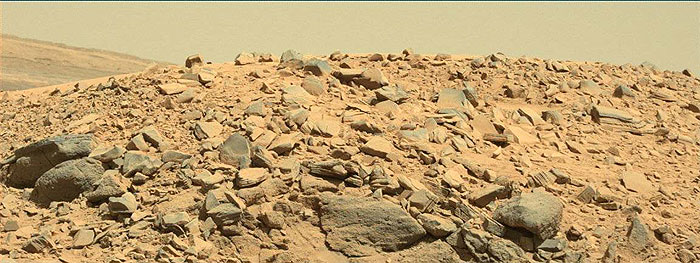
This image was taken by Mastcam: Left (MAST_LEFT) onboard NASA's Mars rover Curiosity on Sol 529 (2014-01-31 15:36:02 UTC).
.
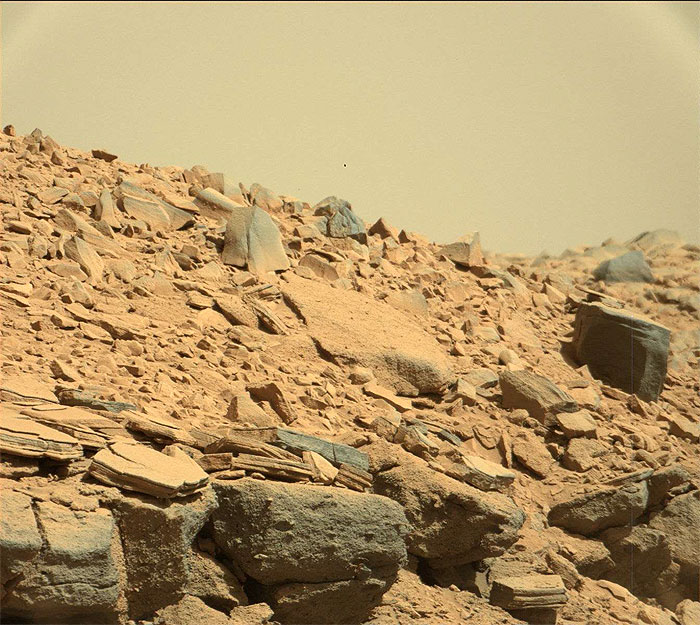
This image was taken by Mastcam: Right (MAST_RIGHT) onboard NASA's Mars rover Curiosity on Sol 529 (2014-01-31 15:37:29 UTC).
.

This image was taken by Mastcam: Left (MAST_LEFT) onboard NASA's Mars rover Curiosity on Sol 529 (2014-01-31 15:46:03 UTC).
.
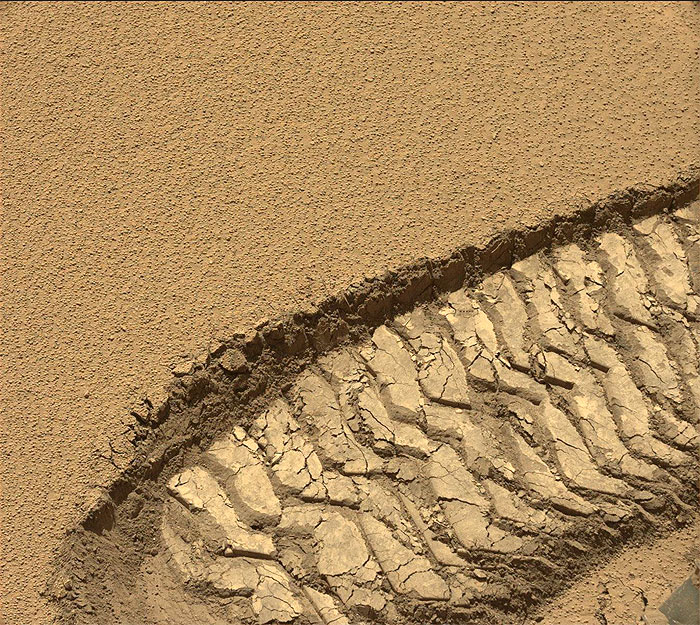
This image was taken by Mastcam: Left (MAST_LEFT) onboard NASA's Mars rover Curiosity on Sol 529 (2014-01-31 15:49:48 UTC).
.
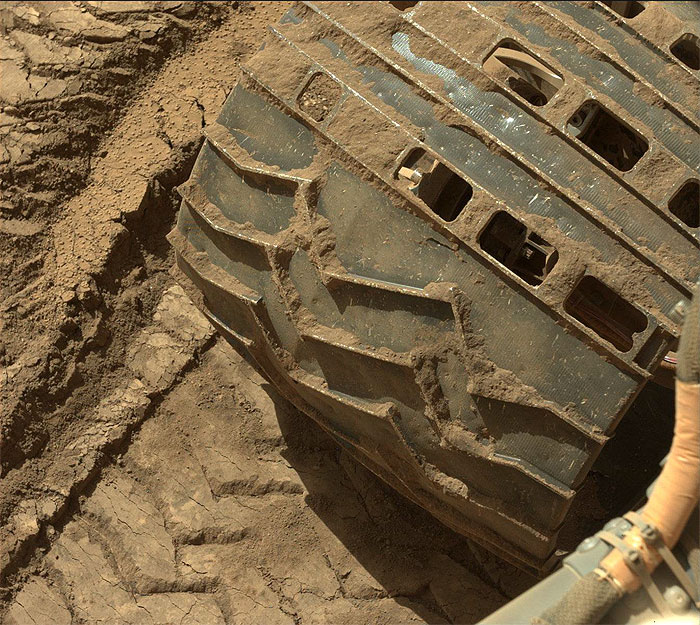
This image was taken by Mastcam: Left (MAST_LEFT) onboard NASA's Mars rover Curiosity on Sol 529 (2014-01-31 16:31:58 UTC).
.
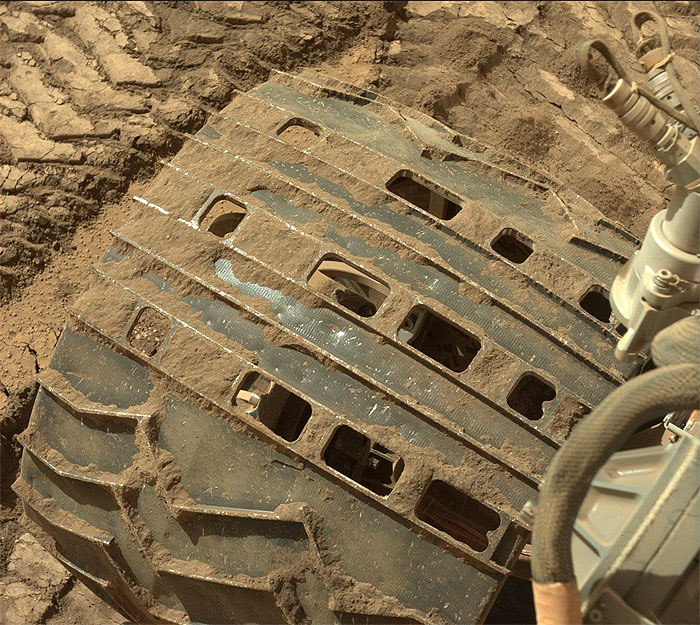
This image was taken by Mastcam: Left (MAST_LEFT) onboard NASA's Mars rover Curiosity on Sol 529 (2014-01-31 16:32:13 UTC).
.
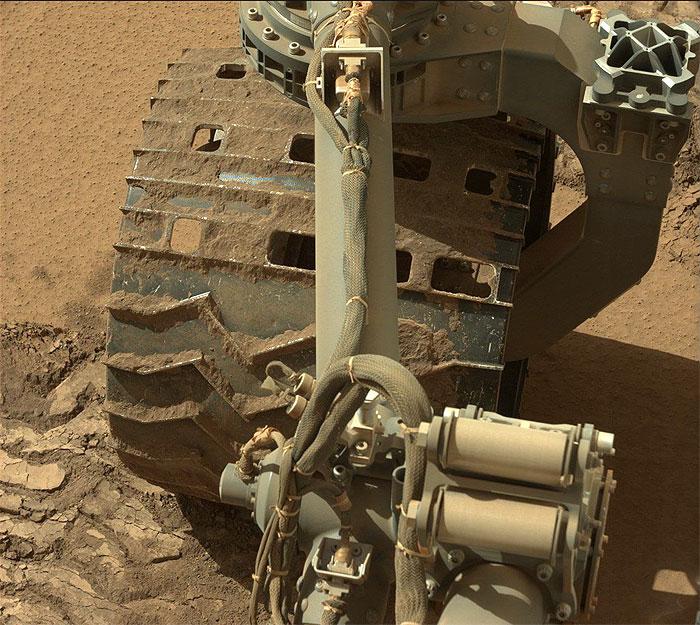
This image was taken by Mastcam: Left (MAST_LEFT) onboard NASA's Mars rover Curiosity on Sol 529 (2014-01-31 16:32:34 UTC).
.
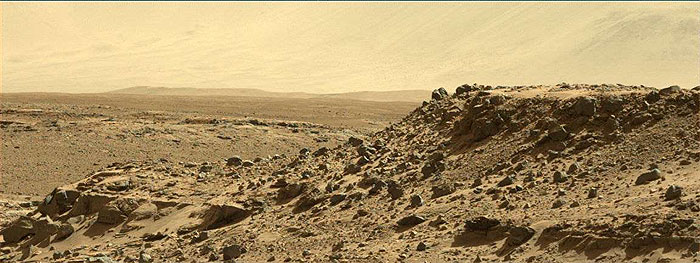
This image was taken by Mastcam: Left (MAST_LEFT) onboard NASA's Mars rover Curiosity on Sol 529 (2014-01-31 17:03:48 UTC).
.
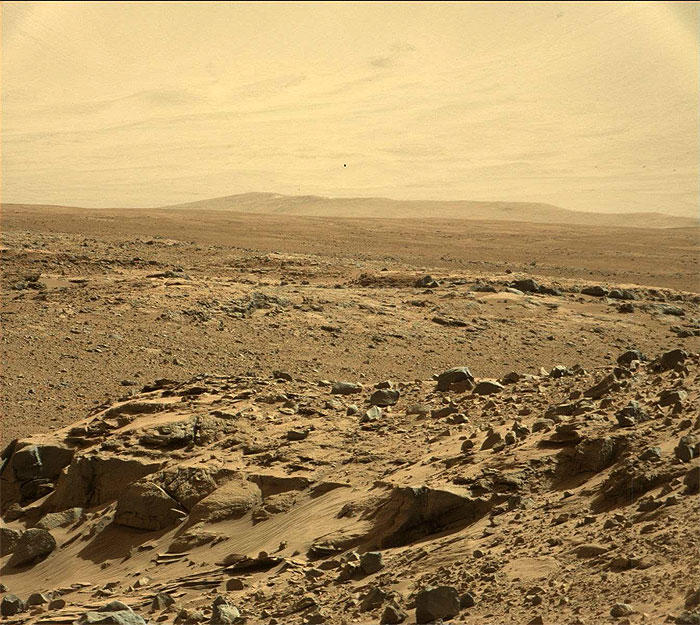
This image was taken by Mastcam: Right (MAST_RIGHT) onboard NASA's Mars rover Curiosity on Sol 529 (2014-01-31 17:04:02 UTC).
.
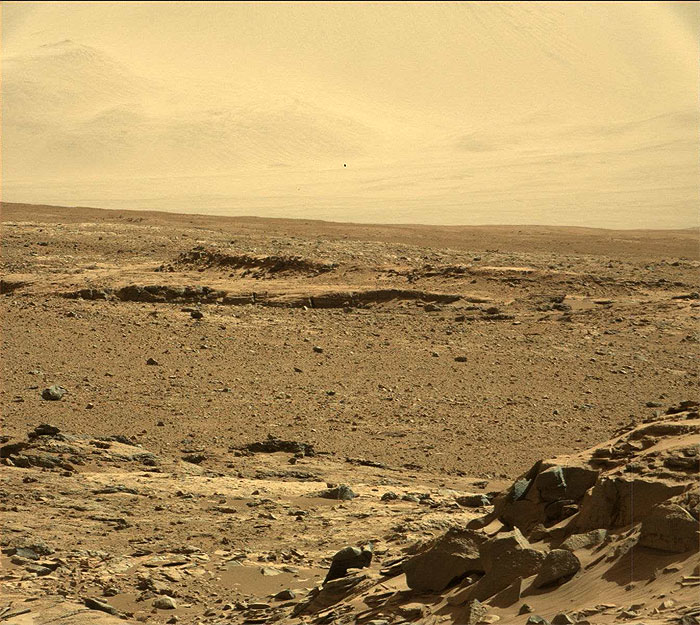
This image was taken by Mastcam: Right (MAST_RIGHT) onboard NASA's Mars rover Curiosity on Sol 529 (2014-01-31 17:04:20 UTC).
.
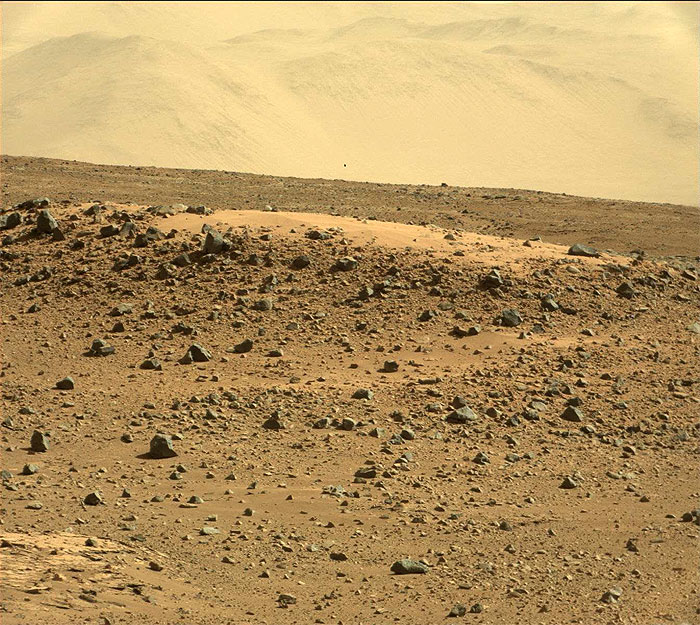
This image was taken by Mastcam: Right (MAST_RIGHT) onboard NASA's Mars rover Curiosity on Sol 529 (2014-01-31 17:05:50 UTC).
.
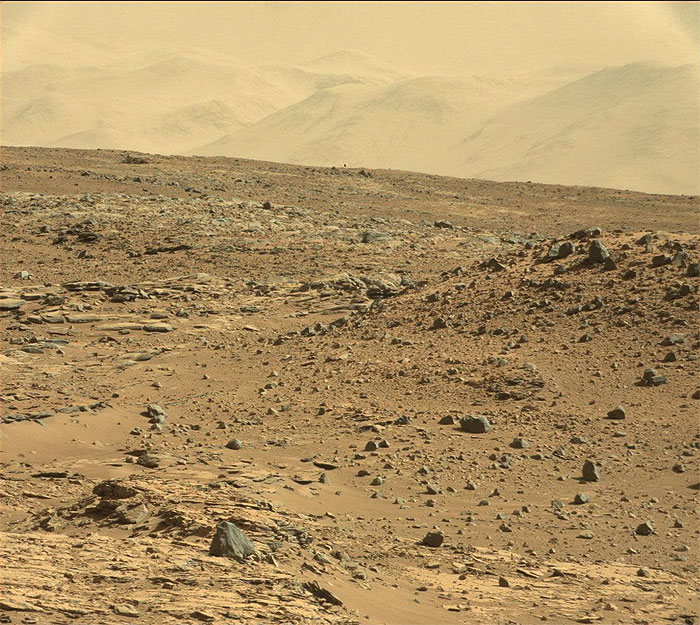
This image was taken by Mastcam: Right (MAST_RIGHT) onboard NASA's Mars rover Curiosity on Sol 529 (2014-01-31 17:06:29 UTC).
.
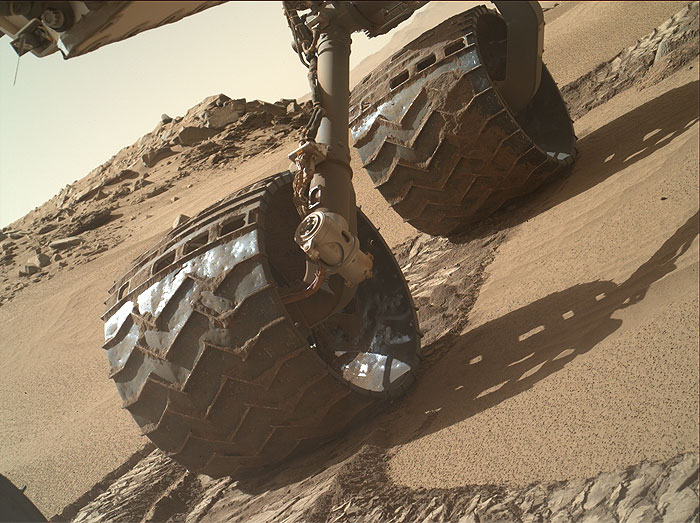
NASA's Mars rover Curiosity acquired this image using its Mars Hand Lens Imager (MAHLI), located on the turret at the end of the rover's robotic arm, on January 31, 2014, Sol 529 of the Mars Science Laboratory Mission, at 16:43:26 UTC.
When this image was obtained, the focus motor count position was 12582. This number indicates the internal position of the MAHLI lens at the time the image was acquired. This count also tells whether the dust cover was open or closed. Values between 0 and 6000 mean the dust cover was closed; values between 12500 and 16000 occur when the cover is open. For close-up images, the motor count can in some cases be used to estimate the distance between the MAHLI lens and target. For example, in-focus images obtained with the dust cover open for which the lens was 2.5 cm from the target have a motor count near 15270. If the lens is 5 cm from the target, the motor count is near 14360; if 7 cm, 13980; 10 cm, 13635; 15 cm, 13325; 20 cm, 13155; 25 cm, 13050; 30 cm, 12970. These correspond to image scales, in micrometers per pixel, of about 16, 25, 32, 42, 60, 77, 95, and 113.
Most images acquired by MAHLI in daylight use the sun as an illumination source. However, in some cases, MAHLI's two groups of white light LEDs and one group of longwave ultraviolet (UV) LEDs might be used to illuminate targets. When Curiosity acquired this image, the group 1 white light LEDs were off, the group 2 white light LEDs were off, and the ultraviolet (UV) LEDS were off.
.
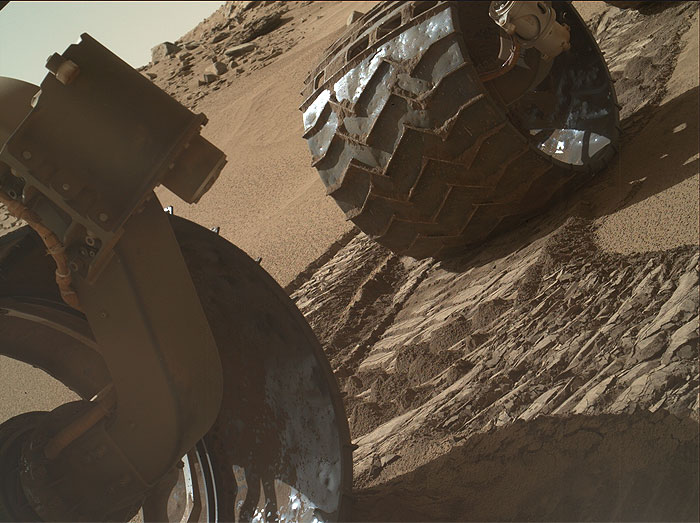
NASA's Mars rover Curiosity acquired this image using its Mars Hand Lens Imager (MAHLI), located on the turret at the end of the rover's robotic arm, on January 31, 2014, Sol 529 of the Mars Science Laboratory Mission, at 16:44:04 UTC.
.
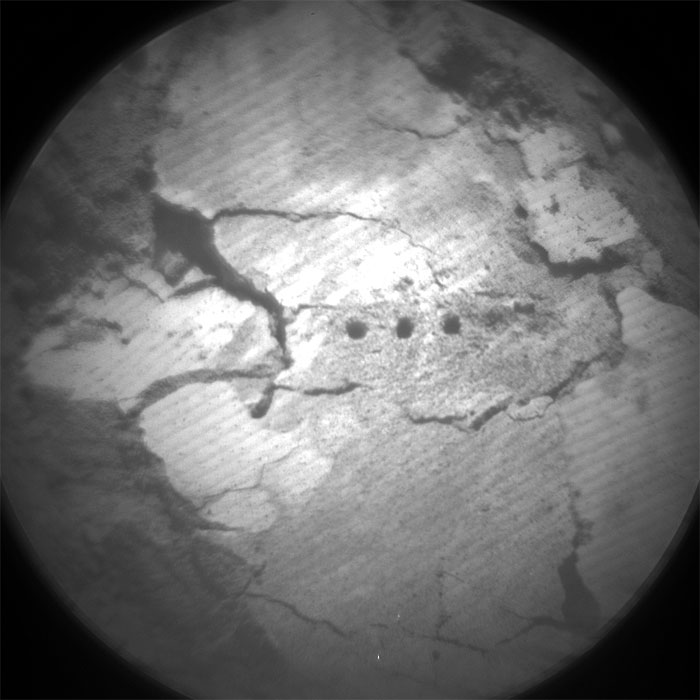
This image was taken by ChemCam: Remote Micro-Imager (CHEMCAM_RMI) onboard NASA's Mars rover Curiosity on Sol 529 (2014-01-31 15:05:19 UTC).
.
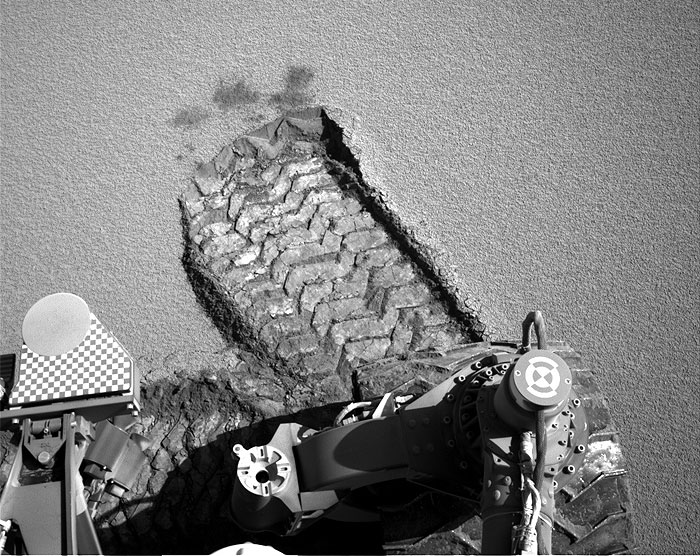
This image was taken by Navcam: Right B (NAV_RIGHT_B) onboard NASA's Mars rover Curiosity on Sol 529 (2014-01-31 16:50:44 UTC).
.
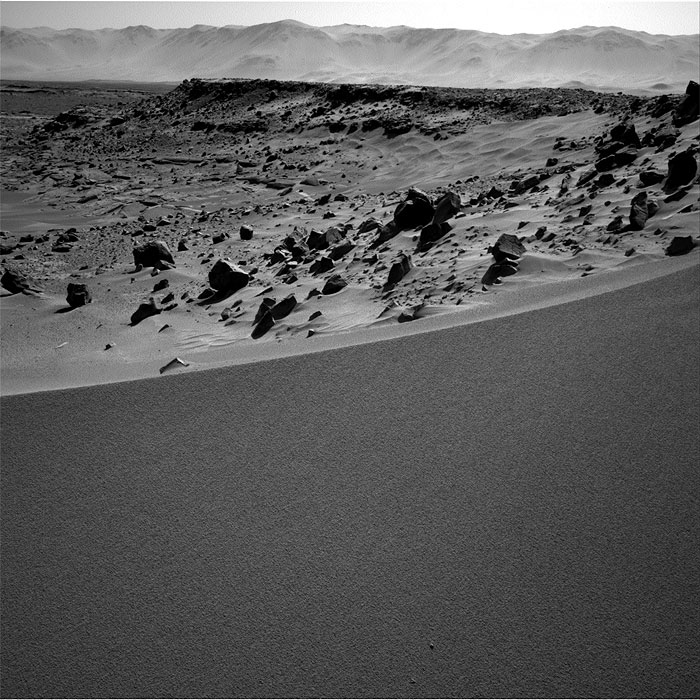
This image was taken by Navcam: Right B (NAV_RIGHT_B) onboard NASA's Mars rover Curiosity on Sol 529 (2014-01-31 16:58:46 UTC).
.

This image was taken by Navcam: Right B (NAV_RIGHT_B) onboard NASA's Mars rover Curiosity on Sol 529 (2014-01-31 16:57:43 UTC).
.
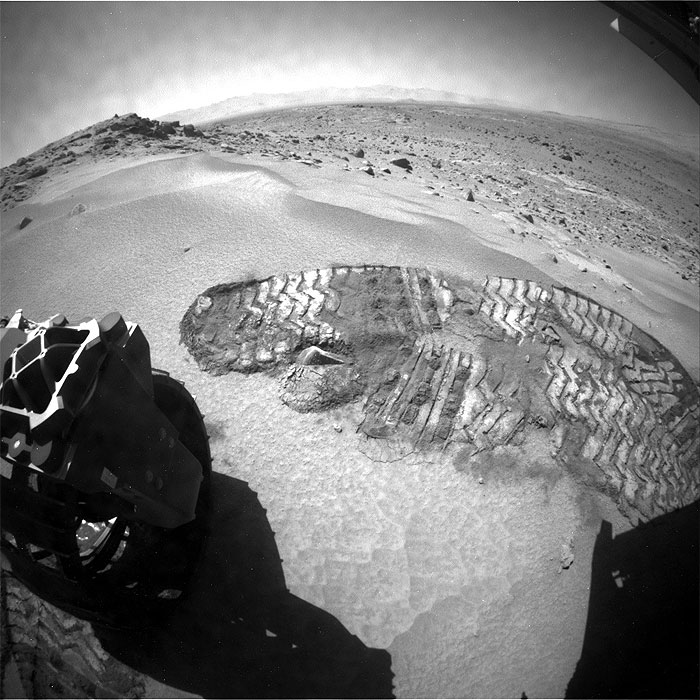
This image was taken by Rear Hazcam: Left B (RHAZ_LEFT_B) onboard NASA's Mars rover Curiosity on Sol 529 (2014-01-31 14:33:44 UTC).
.
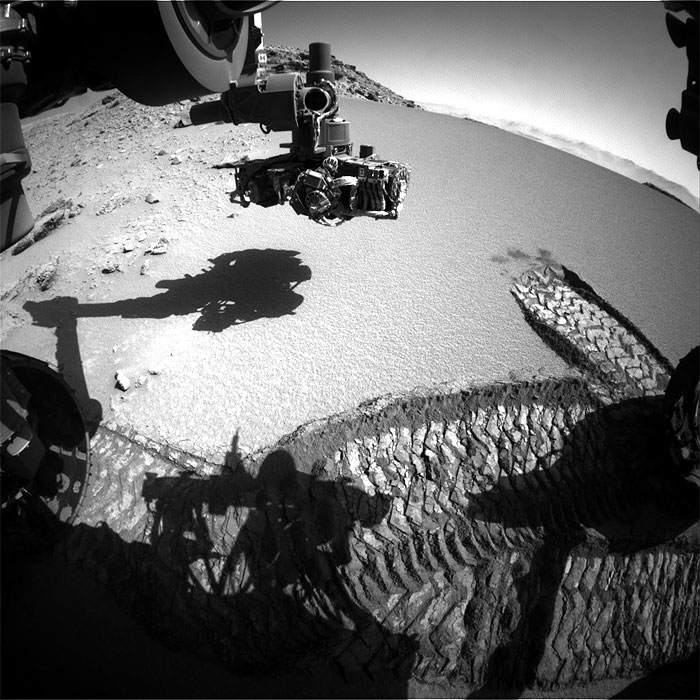
This image was taken by Front Hazcam: Left B (FHAZ_LEFT_B) onboard NASA's Mars rover Curiosity on Sol 529 (2014-01-31 16:42:18 UTC).
.
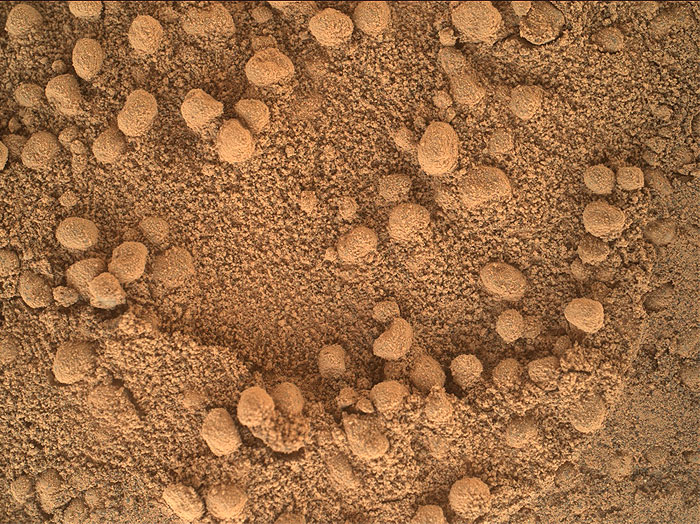
NASA's Mars rover Curiosity acquired this image using its Mars Hand Lens Imager (MAHLI), located on the turret at the end of the rover's robotic arm, on February 2, 2014, Sol 531 of the Mars Science Laboratory Mission, at 16:59:34 UTC.
When this image was obtained, the focus motor count position was 14690. This number indicates the internal position of the MAHLI lens at the time the image was acquired. This count also tells whether the dust cover was open or closed. Values between 0 and 6000 mean the dust cover was closed; values between 12500 and 16000 occur when the cover is open. For close-up images, the motor count can in some cases be used to estimate the distance between the MAHLI lens and target. For example, in-focus images obtained with the dust cover open for which the lens was 2.5 cm from the target have a motor count near 15270. If the lens is 5 cm from the target, the motor count is near 14360; if 7 cm, 13980; 10 cm, 13635; 15 cm, 13325; 20 cm, 13155; 25 cm, 13050; 30 cm, 12970. These correspond to image scales, in micrometers per pixel, of about 16, 25, 32, 42, 60, 77, 95, and 113.
Most images acquired by MAHLI in daylight use the sun as an illumination source. However, in some cases, MAHLI's two groups of white light LEDs and one group of longwave ultraviolet (UV) LEDs might be used to illuminate targets. When Curiosity acquired this image, the group 1 white light LEDs were off, the group 2 white light LEDs were off, and the ultraviolet (UV) LEDS were off.
.
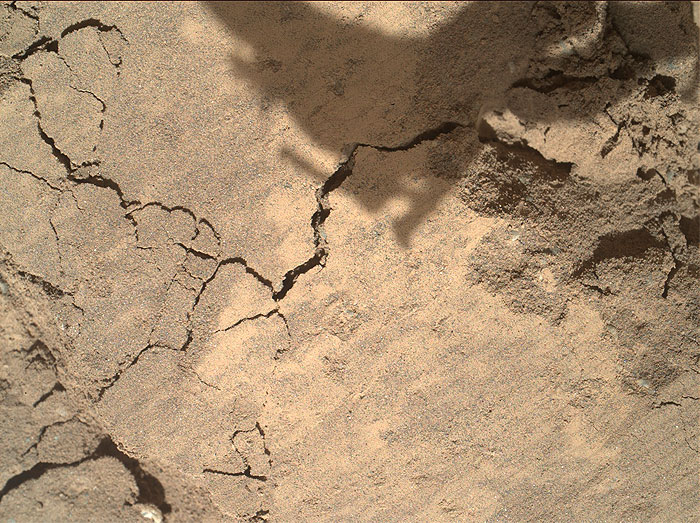
NASA's Mars rover Curiosity acquired this image using its Mars Hand Lens Imager (MAHLI), located on the turret at the end of the rover's robotic arm, on February 2, 2014, Sol 531 of the Mars Science Laboratory Mission, at 17:45:35 UTC.
When this image was obtained, the focus motor count position was 13975. This number indicates the internal position of the MAHLI lens at the time the image was acquired. This count also tells whether the dust cover was open or closed. Values between 0 and 6000 mean the dust cover was closed; values between 12500 and 16000 occur when the cover is open. For close-up images, the motor count can in some cases be used to estimate the distance between the MAHLI lens and target. For example, in-focus images obtained with the dust cover open for which the lens was 2.5 cm from the target have a motor count near 15270. If the lens is 5 cm from the target, the motor count is near 14360; if 7 cm, 13980; 10 cm, 13635; 15 cm, 13325; 20 cm, 13155; 25 cm, 13050; 30 cm, 12970. These correspond to image scales, in micrometers per pixel, of about 16, 25, 32, 42, 60, 77, 95, and 113.
Most images acquired by MAHLI in daylight use the sun as an illumination source. However, in some cases, MAHLI's two groups of white light LEDs and one group of longwave ultraviolet (UV) LEDs might be used to illuminate targets. When Curiosity acquired this image, the group 1 white light LEDs were off, the group 2 white light LEDs were off, and the ultraviolet (UV) LEDS were off.
.
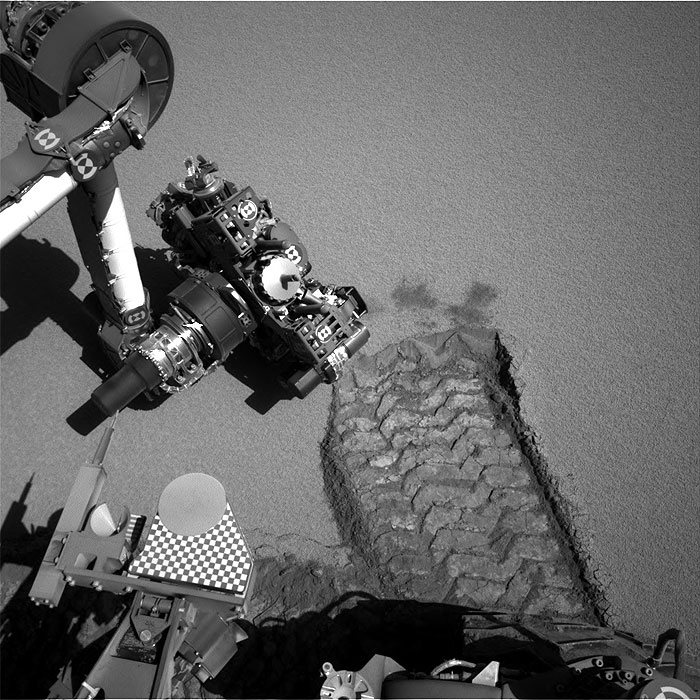
This image was taken by Navcam: Right B (NAV_RIGHT_B) onboard NASA's Mars rover Curiosity on Sol 531 (2014-02-02 16:43:59 UTC).
.
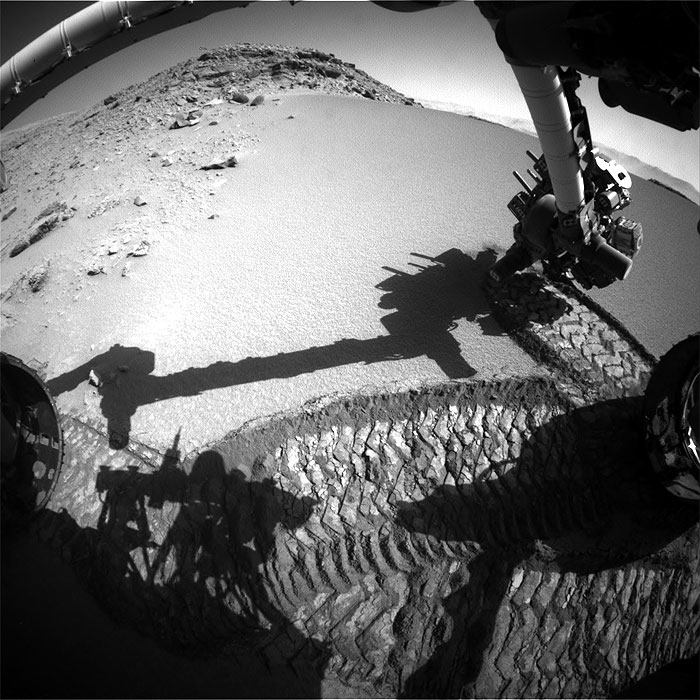
This image was taken by Front Hazcam: Right B (FHAZ_RIGHT_B) onboard NASA's Mars rover Curiosity on Sol 531 (2014-02-02 18:07:07 UTC).
.
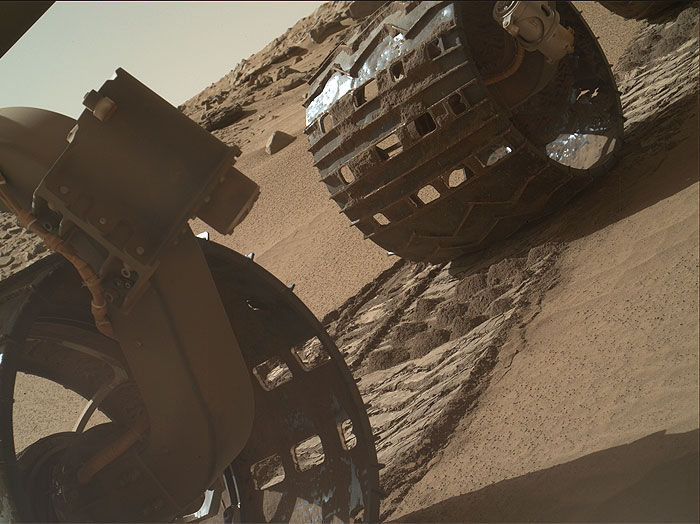
NASA's Mars rover Curiosity acquired this image using its Mars Hand Lens Imager (MAHLI), located on the turret at the end of the rover's robotic arm, on February 3, 2014, Sol 532 of the Mars Science Laboratory Mission, at 18:57:31 UTC.
.
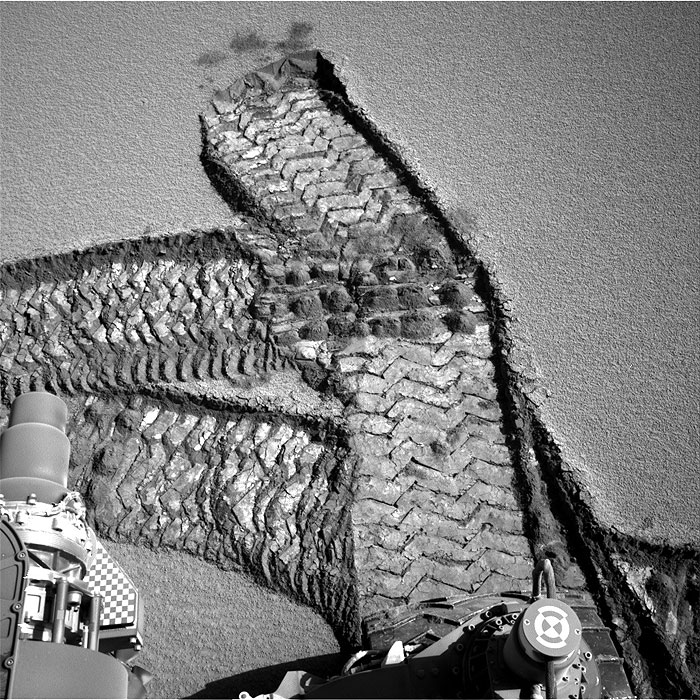
This image was taken by Navcam: Right B (NAV_RIGHT_B) onboard NASA's Mars rover Curiosity on Sol 532 (2014-02-03 19:15:08 UTC).
.
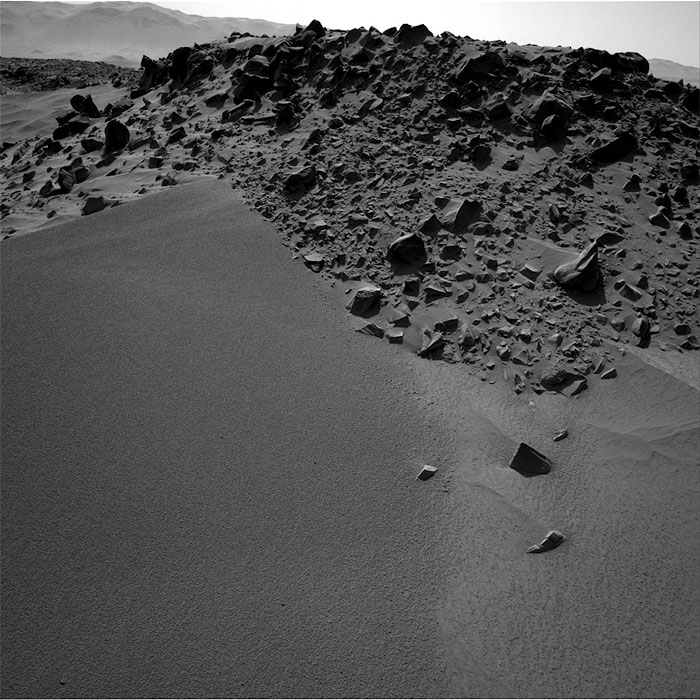
This image was taken by Navcam: Right B (NAV_RIGHT_B) onboard NASA's Mars rover Curiosity on Sol 532 (2014-02-03 19:18:14 UTC).
.
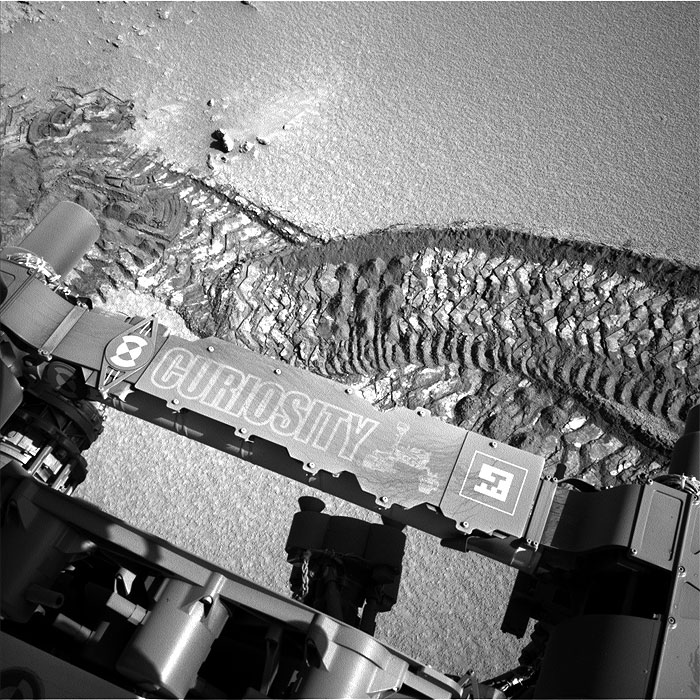
This image was taken by Navcam: Left B (NAV_LEFT_B) onboard NASA's Mars rover Curiosity on Sol 532 (2014-02-03 19:14:37 UTC).
.
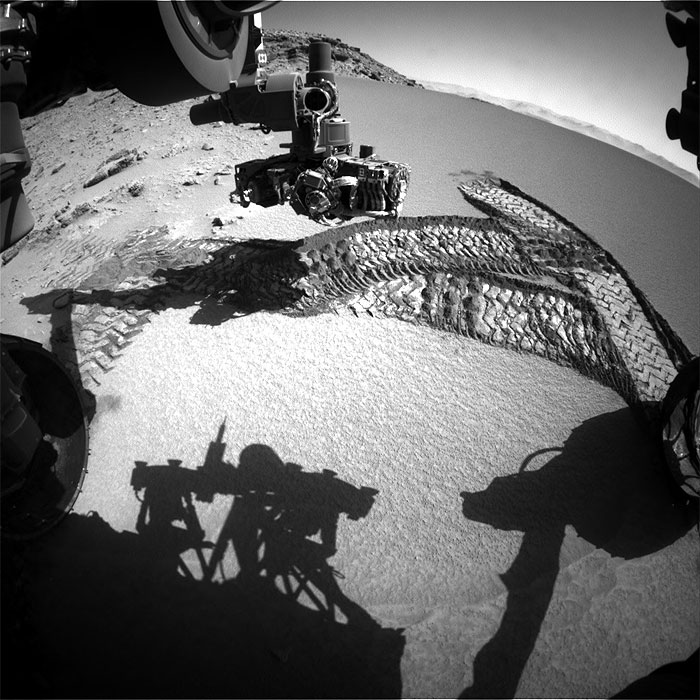
This image was taken by Front Hazcam: Left B (FHAZ_LEFT_B) onboard NASA's Mars rover Curiosity on Sol 532 (2014-02-03 18:55:45 UTC).
.
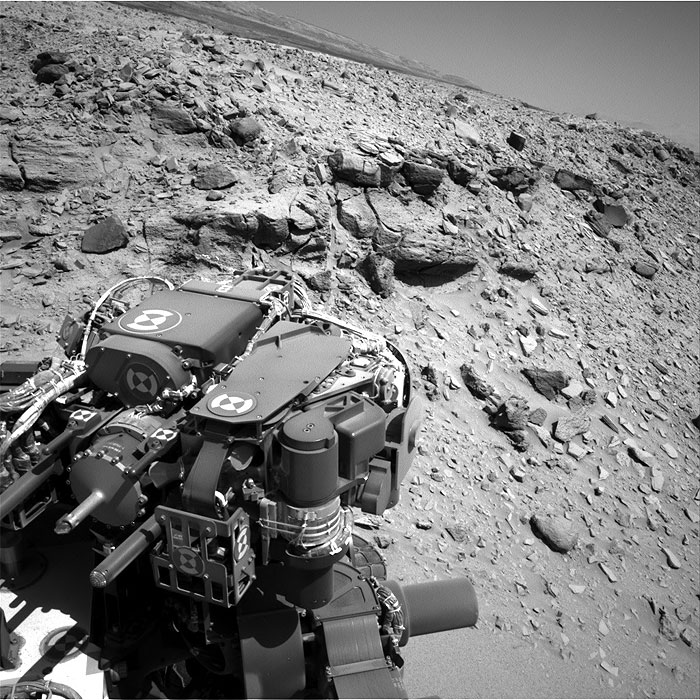
This image was taken by Navcam: Right B (NAV_RIGHT_B) onboard NASA's Mars rover Curiosity on Sol 533 (2014-02-04 18:09:11 UTC).
.

This image was taken by Navcam: Right B (NAV_RIGHT_B) onboard NASA's Mars rover Curiosity on Sol 533 (2014-02-04 18:10:39 UTC).
.

This image was taken by Navcam: Right B (NAV_RIGHT_B) onboard NASA's Mars rover Curiosity on Sol 533 (2014-02-04 18:12:54 UTC).
.
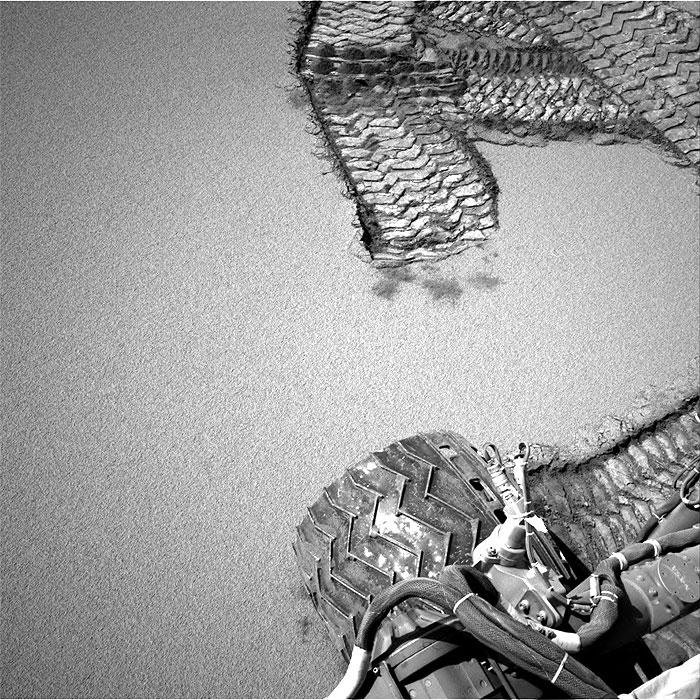
This image was taken by Navcam: Right B (NAV_RIGHT_B) onboard NASA's Mars rover Curiosity on Sol 533 (2014-02-04 18:22:33 UTC).
.
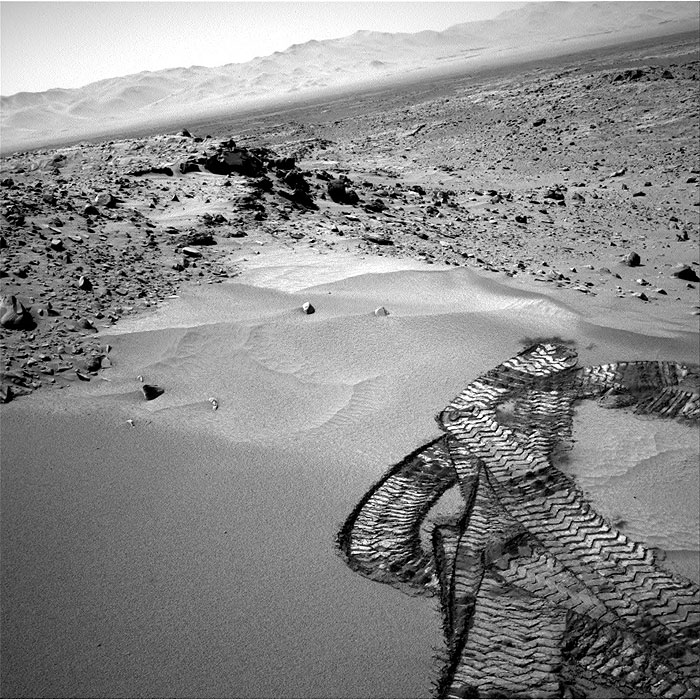
This image was taken by Navcam: Right B (NAV_RIGHT_B) onboard NASA's Mars rover Curiosity on Sol 533 (2014-02-04 18:24:20 UTC).
.
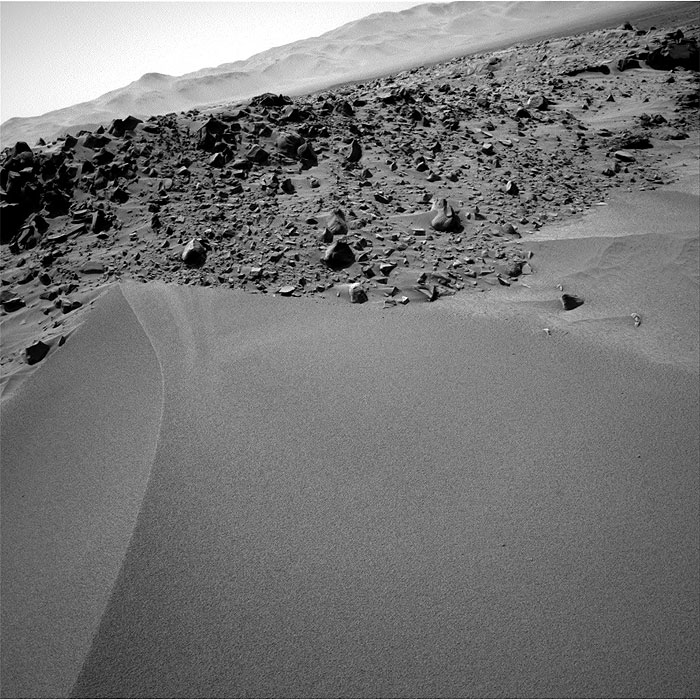
This image was taken by Navcam: Right B (NAV_RIGHT_B) onboard NASA's Mars rover Curiosity on Sol 533 (2014-02-04 18:23:49 UTC).
.
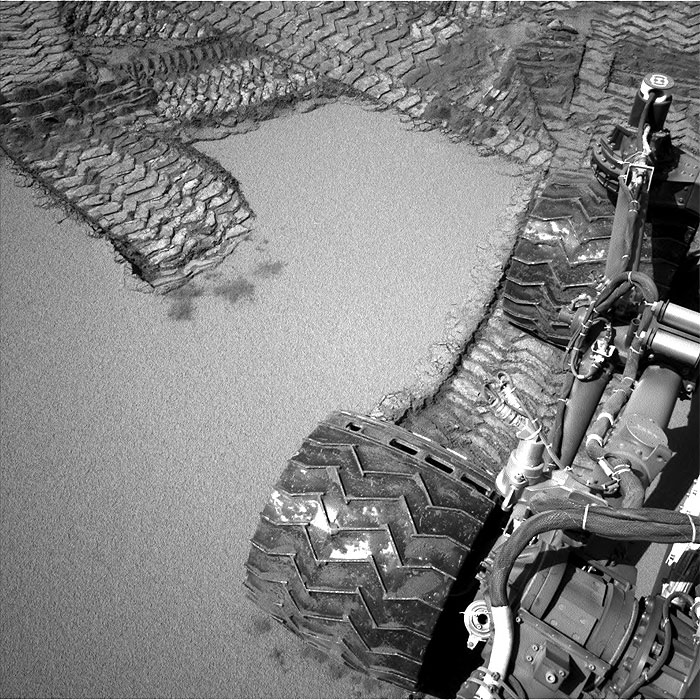
This image was taken by Navcam: Left B (NAV_LEFT_B) onboard NASA's Mars rover Curiosity on Sol 533 (2014-02-04 18:23:12 UTC).
.
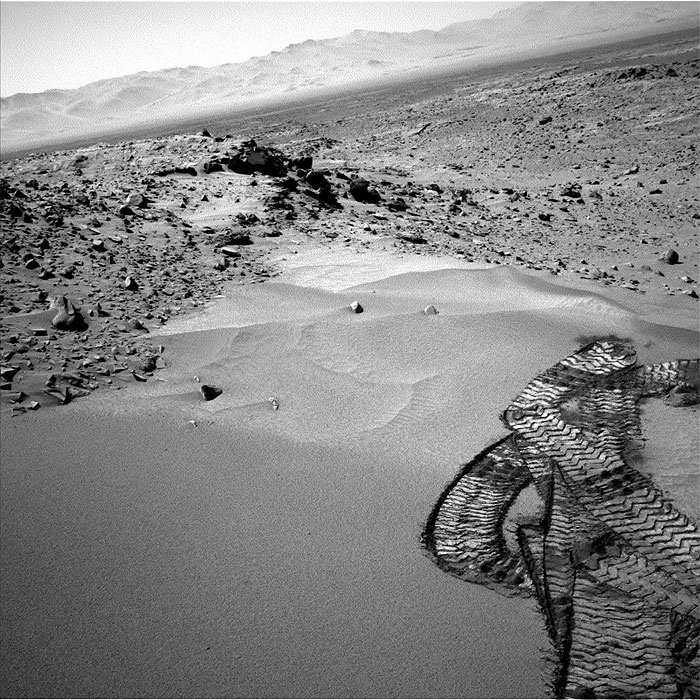
This image was taken by Navcam: Left B (NAV_LEFT_B) onboard NASA's Mars rover Curiosity on Sol 533 (2014-02-04 18:24:20 UTC).
.
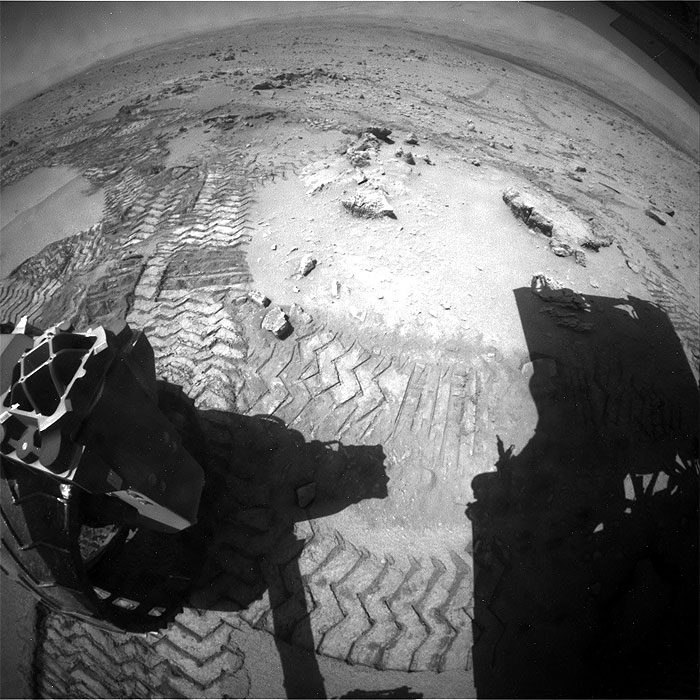
This image was taken by Rear Hazcam: Left B (RHAZ_LEFT_B) onboard NASA's Mars rover Curiosity on Sol 533 (2014-02-04 17:52:42 UTC).
.
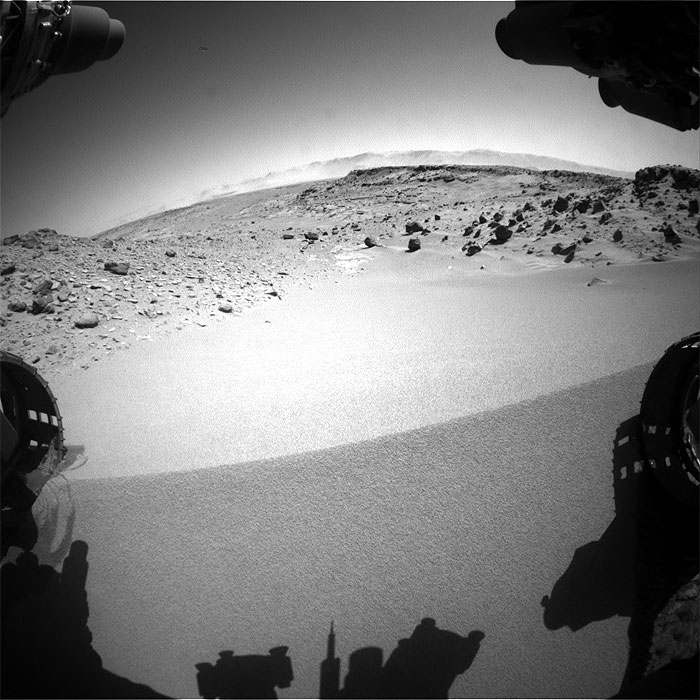
This image was taken by Front Hazcam: Right B (FHAZ_RIGHT_B) onboard NASA's Mars rover Curiosity on Sol 533 (2014-02-04 18:02:36 UTC).
.
Fotos: NASA
6284 Views
